Beautiful Plants For Your Interior
Gardening Month by Month – February
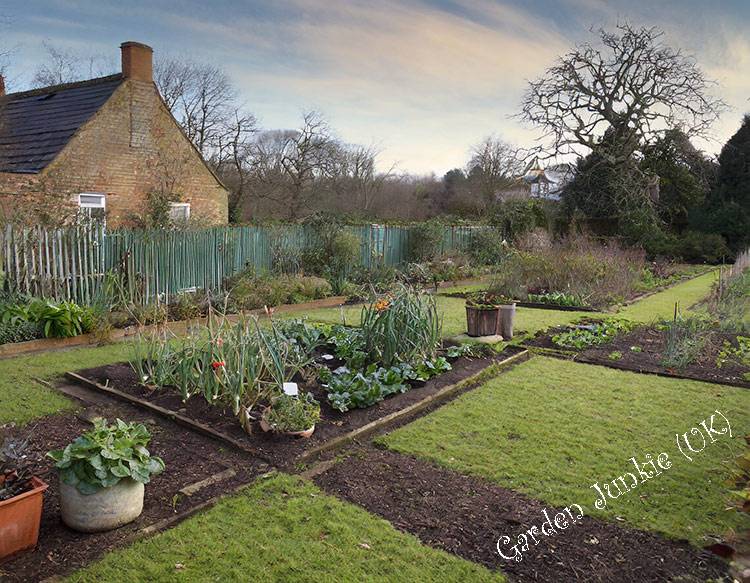
Choose Your Gardening Month by Month –
Gardening Month by Month – is our gardening checklist with some reminders and some tips to help you in any particular month with your garden, allotment, greenhouse, pond and general garden maintenance jobs, that can and perhaps should be carried out. This month (February) we will see what needs your attention.
Gardening Month by Month – February
February is an important month for gardeners as it marks the transition from winter to early spring. In many regions, particularly in the south of the country, the weather begins to warm up, signalling the start of the growing season. However, it is essential to remain vigilant for late frosts and ensure that tender plants are adequately protected.
February is an ideal time to start preparing the garden for the upcoming season by continuing the pruning of fruit trees, sowing early vegetables, and planning for the months ahead.
One of the key tasks for February is to prepare the soil for planting by incorporating organic matter and fertilisers. This will help improve soil structure and provide essential nutrients for the growing plants.
Additionally, gardeners can start sowing seeds indoors for plants that require a longer growing season, such as tomatoes and peppers. By taking these proactive steps in February, gardeners can set the stage for a successful and bountiful garden in the months to come.
Checkout Our February Gardening Checklist:
In February: Garden, Allotment, Flowers, Greenhouse.
In February, as gardeners, you still have several important tasks to attend to, as well as continuing to maintain your gardens, allotments and greenhouses.
February in the garden is a crucial time for gardeners to prepare for the upcoming growing season. It’s essential to finish tidying up the garden, clearing away all and any remaining debris, and complete the pruning of winter-flowering shrubs like Clematis, Camellia and Roses (except rambling) to encourage healthy growth.
In February, flower growers amongst you can focus on sowing and tending to flowers both indoors and outdoors. Sowing/planting Sweet Peas, Zinnias, Agapanthus and other half-hardy annuals indoors under cover this month can give them a head start before transplanting them outside in the spring.
Additionally, for those with fruit trees, it’s also crucial to protect delicate blossoms, such as those on apricots and nectarines, from potential late frost damage by using a fleece or hessian supported on canes.
For those with a greenhouse, February is an excellent time to start sowing seeds and preparing for the growing season. It’s essential to create an optimal environment for early seedlings by maintaining a consistent temperature in your greenhouse and providing adequate ventilation.
This is also a good time to start growing tender vegetables ‘underglass’ like Aubergines, Summer Cabbage and Sweet Peppers. Try sowing herbs like Thyme, Sage and Parsley in a protected environment, thus ensuring you give them a strong start to the growing season.
Do you have an allotment? February presents an opportunity to get a head start on the growing season as well. This is the time to prepare vegetable seed beds, chit potato tubers, and sow some additional vegetables under cover as mentioned above to protect them from the lingering winter chill, before planting out into your prepared beds.
It’s also important to ‘plan your crop rotations’ and consider the plant layout of your allotment for the year ahead.
Additionally, you may want to:
- Prepare beds, but be sure to weed, clear debris, and cover prepared beds with black plastic for warmth.
- Sow early vegetables like Broad beans, peas (sheltered areas), and salad leaves under cloches.
- Fruit trees, try to finish winter pruning, and feed with potash, later in the month.
- Clear & divide, Snowdrops, Aconites, and other early bulbs later in the month when they finished flowering.
- Prune hedges, Trim evergreens, and renovate overgrown deciduous ones.
- Sow indoors, Pansies, violas, and sweet peas for later planting.
- Deadhead winter bloomers like Hellebores, and Winter Pansies.
- Divide & replant perennials like hardy geraniums, and pinks.
- Plant bare-root roses and try and choose disease-resistant varieties.
- Prune summer-flowering shrubs like Buddleia, and Ceanothus.
- Take cuttings from Geraniums, Fuchsias, and other tender perennials.
- Keep bird tables and feeders clean, but topped up, and help our feathered friends through the last of the winter weather!
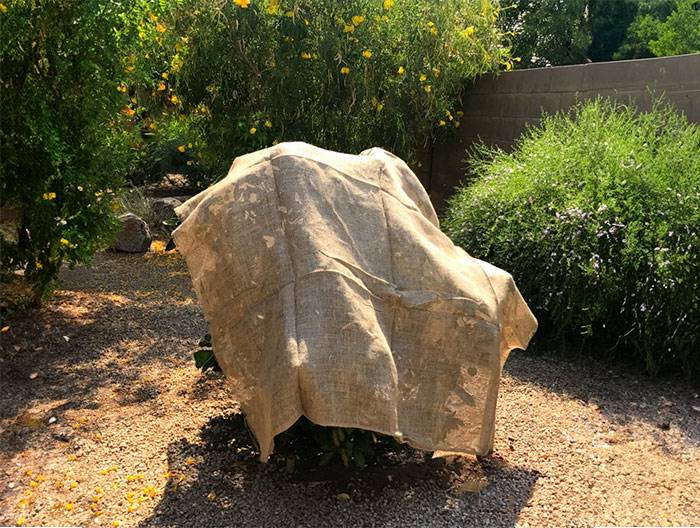
Gardening Month by Month – February: Protect Delicate ‘Fruit Tree’ ‘Blossoms From Potential Frost Damage With Hessian Cloth
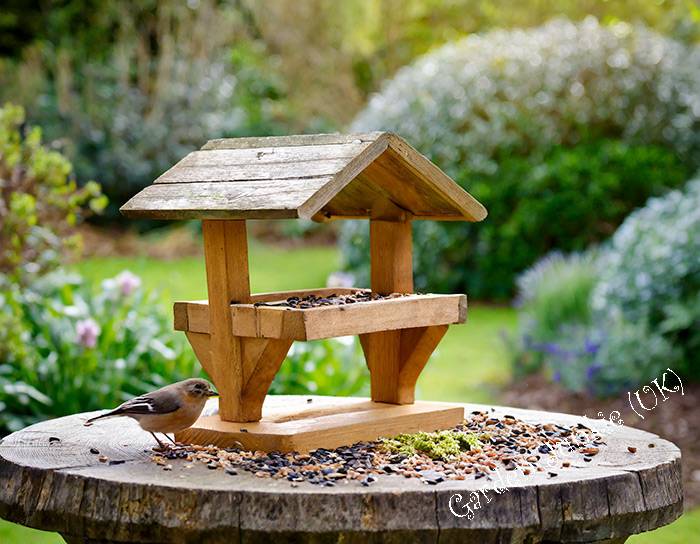
Gardening Month by Month – February: Keep Birdtables and Feeders Clean, But Topped For The Last Month Of Winter
In February: Fruit & Veg
- In late February plant bare-root fruit trees (apples, pears, plums) while they are still in their dormant stage, and plant asparagus crowns as soon as the soil can be ‘worked’.
- ‘Earth up’ existing potatoes and leeks, to help protect the stems as they continue to grow.
- Protect those emerging shoots from slugs and birds, with netting or a fleece.
- February is probably the best time to harvest Winter cabbage, Kale, Leeks, Parsnips, and Brussels sprouts as the winter frosts have given them that little bit of extra flavour.
- Inspect and clean fruit cages and netting to remove debris and ensure they are ready for use in the upcoming season.
- Fruit bushes like raspberries, gooseberries, and currants can be pruned this month while still dormant. Plan at the end of the month to feed them ready for the coming Spring growing season.
- If you want strawberries, then plant new strawberry runners at the end of this month in the warmer parts of the country, ready for a summer harvest. Just be aware of any late cold snaps and take appropriate measures to protect them.
- Force rhubarb in late winter (February) while the plants are dormant. Cover the crowns in situ with a Rhubarb Forcer, Black bucket or similar ensuring you eliminate ALL light, which will, in turn, provide great-tasting early stems.
- Check your stored fruit, and discard any showing signs of rot.
- Consider planting companion flowers like nasturtiums near brassicas to deter pests.
Remember: Adjust these tips based on your location and weather conditions.
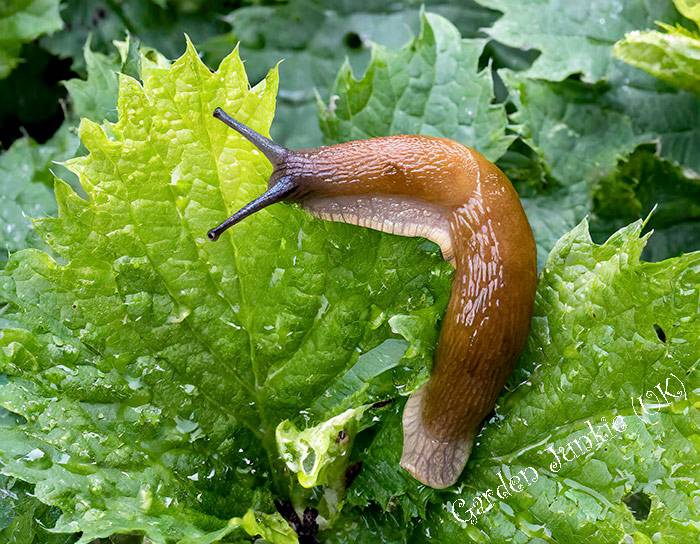
Gardening Month by Month – February: Protect Any Emerging Shoots Against Slugs
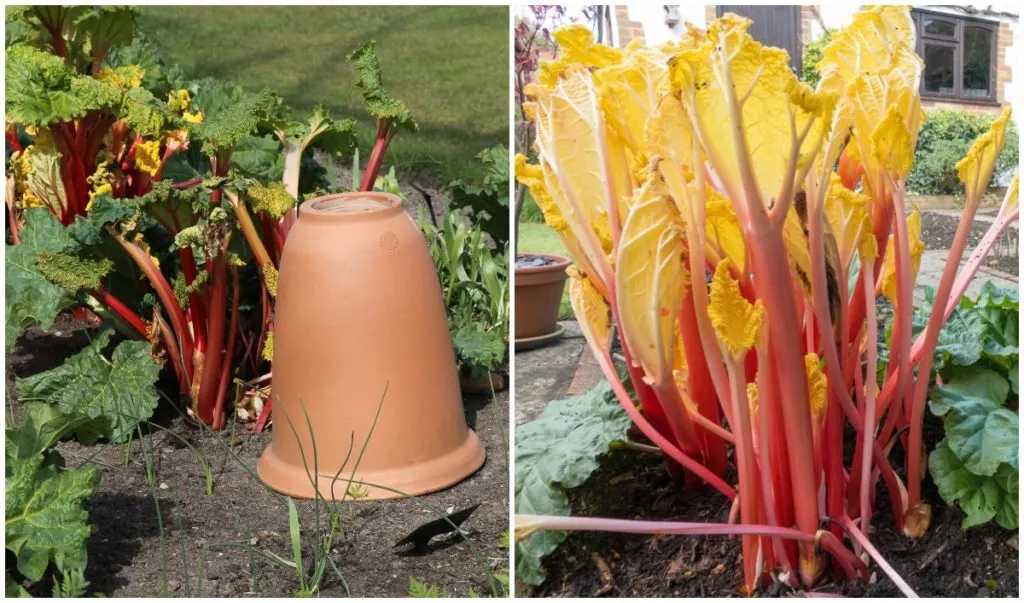
Gardening Month by Month – February: Force Rhubarb With A ‘Rhubarb Forcer’ For An Earlier Sweeter Crop
In February: Pond Care
- Maintain an ice hole, and prevent complete freezing, use simple and effective frost protection, especially in extreme cold weather.
- Continue to test water quality by monitoring pH, ammonia, and nitrate levels. and make adjustments as needed to support the health of pond fish.
- Top up pond levels, and compensate for evaporation or ice loss. Make a partial water change if safe to do so, and refresh with dechlorinated water at room temperature.
- Clear debris, and continue to remove fallen leaves and twigs with a net.
- To prevent algae growth, try adding and thus limiting light penetration with barley straw bales.
- This month you can feed your fish sparingly, only if the water temp stays above 4°C (40°F) though.
- Check your pond pump and filter, and ensure they are functioning properly.
- In February, continue to protect marginal plants from frost with a pond plant fleece or straw mulch.
- Prune aquatic plants and remove dead or dying foliage.
- Pond care in February is crucial for setting the stage for a healthy pond come spring.
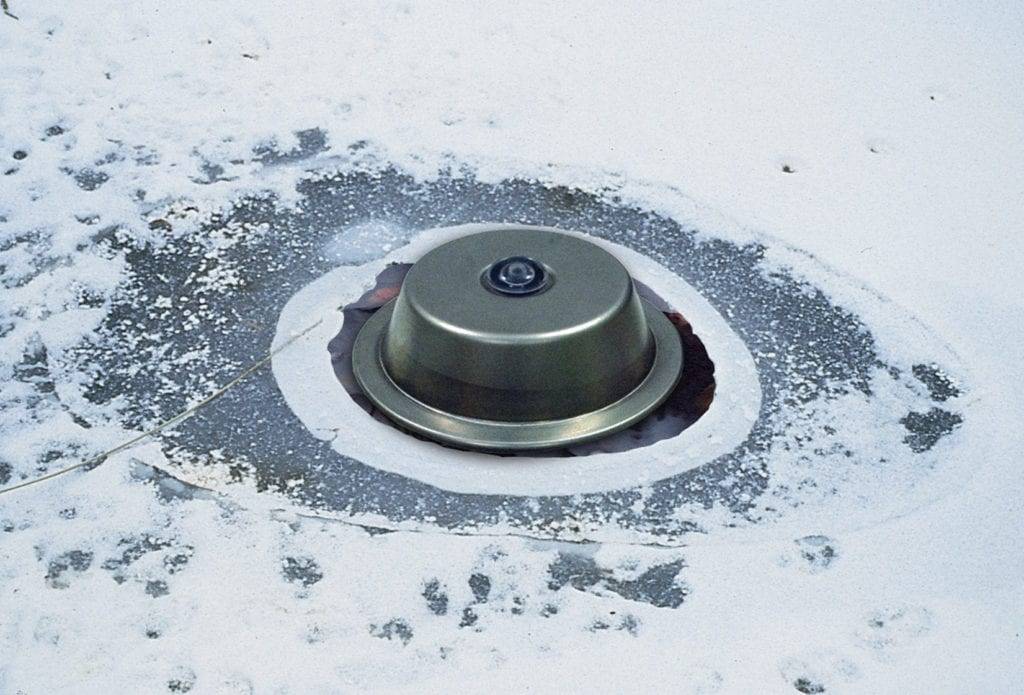
Gardening Month by Month – February: Try And Maintain An Ice Hole In Your Pond To Prevent Complete Freezing In Extreme Cold Weather
In February: General Garden Maintenance
- Sharpen tools: Ensure secateurs, loppers, and shears are ready for action.
- Repair fences and paths: Address any damage before spring growth.
- Finalise orders for seeds and plants: Plan your spring and summer displays early.
- Try to attract pollinators like bees into the garden, you can plant early-blooming flowers for butterflies and provide nesting sites for birds.
- Continue composting kitchen scraps by turning waste into valuable garden fertiliser, or try starting a worm bin and creating nutrient-rich compost with kitchen scraps and worms.
- Monitor soil pH and health: Check drainage, and consider adding compost or manure.
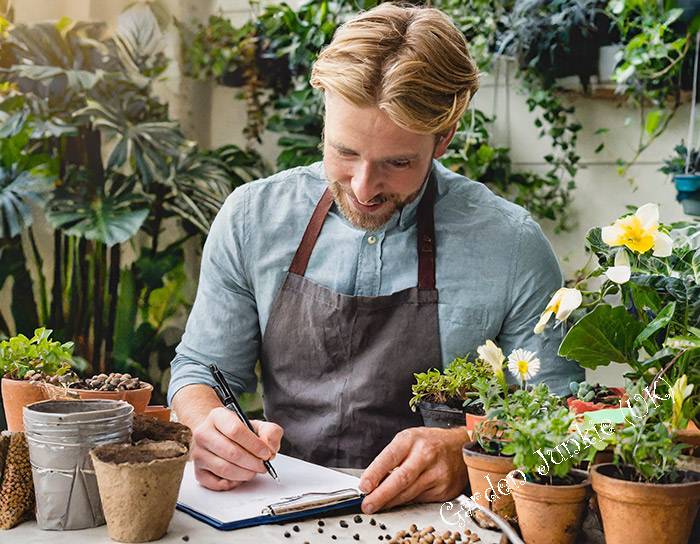
Gardening Month by Month – February: Finalise Your Orders For Seeds And Plants
FAQ’s
I Live In a Cold Part Of The UK, Can I Still Sow Anything Outdoors In February?
While many regions might experience frosts, there are hardy vegetables you can sow outdoors in sheltered spots and under cloches. Pea varieties, like (Feltham First’ or ‘Kelvedon Wonder) Broad Bean varieties like (‘Aquadulce Claudia’ or ‘The Sutton) and Salad Leaves varieties like (‘Little Gem’ or ‘Red Mustard’)
I’m New To Gardening, What Are Some Easy Plants To Start With In February?
For beginners, there are plenty of low-fuss options perfect for February sowing:
Herbs: Indoors, start sowing basil, chives, and parsley for later transplanting. Outdoors, sow hardy herbs like oregano and sage directly into prepared soil.
Pansies and violas: Sow indoors for transplanting later or directly outdoors in sheltered spots for long-lasting blooms.
Sweet peas: A classic cottage garden flower, sow indoors for flowering later in the summer.
My Lawn Looks Brown And Dormant In February, Should I Do Anything To It?
Don’t worry, brown winter dormancy is natural for lawns. Avoid walking on it too much to prevent compaction. You can also:
Scarify: Lightly rake the lawn to remove dead thatch and allow air and moisture to reach the soil.
Topdress with sand: If your soil is compacted, applying a thin layer of sand can improve drainage.
Feed: Apply a slow-release lawn fertiliser in late February/early March when growth starts to resume.
